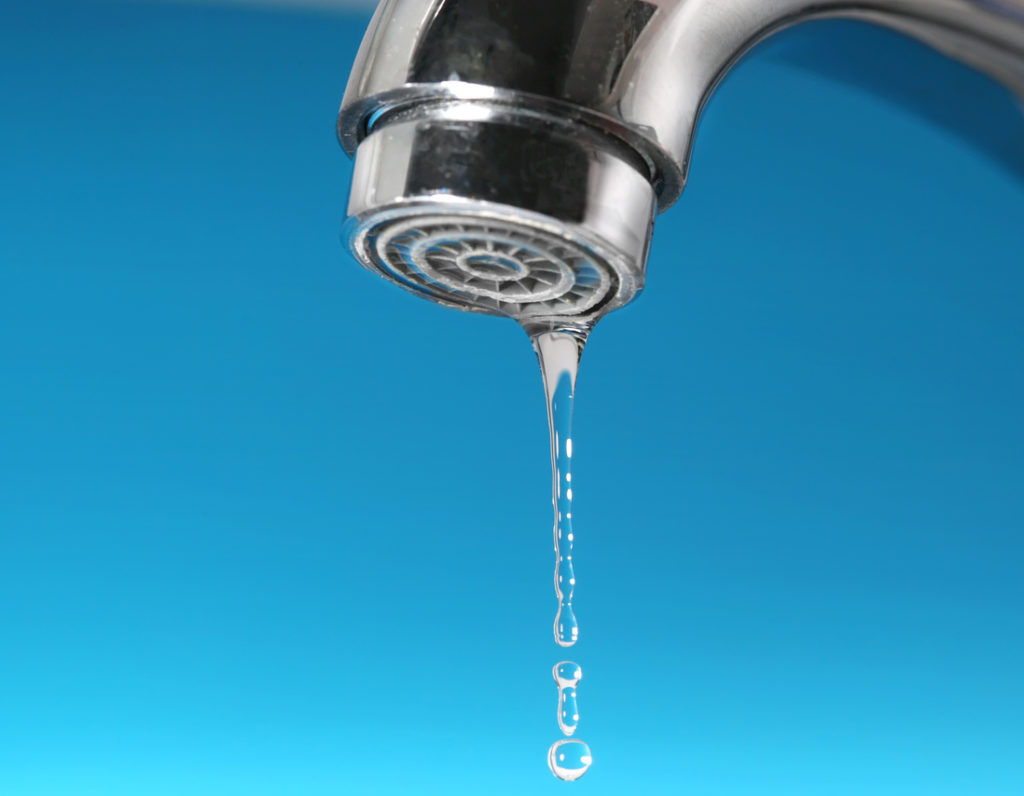Plan for Wind and Low Temperatures
If the forecast calls for higher-than-usual winds but not in the catastrophic range (for most rigs, anything under about 60 mph), you may be okay just by turning your rig to face into the wind, much like a sea captain turns his boat into the wind. This keeps the craft from catching the force of the wind broadside, turning the vessel itself into a virtual sail and making it difficult or even impossible to control.
But if you have a blizzard on the way, you may be looking at high enough winds to flip your rig. Even a huge Class A can go over in as little as 75 mph winds, and almost all will flip at 90 mph. Smaller rigs will go sooner. You may also be subjecting yourself to thick ice and freezing rain, which can cause cracking of your rig’s outer skin and possible roof collapse.
You also need to know what kind of winds and temperatures your rig is built to withstand.
- Do you have a true all-season rig, with all water lines and tanks safely tucked inside insulated walls, with heat tape or other warming devices?
- Or will your lines possibly freeze and crack, causing a huge, costly and uncomfortable mess, just when you need safe, dry shelter the most?
In my first winter season in the Southwest, I expected temperatures in the 60s and 70s, for the most part. That’s what friends who live there had told me to expect. What they didn’t tell me was that was just during sunny days. At night, the desert gets cold, even in the summer. In winter, it’s brutal. And overcast days can also get very cold in the winter desert.
I was regularly experiencing nighttime temperatures in the mid-20s, and that made me very nervous, especially when camp hosts came around with notices to disconnect from water hoses but leave the spigots dripping.
Avoid Freezing Water Tanks and Lines!

I didn’t realize at the time that I was going through the second-coldest winter on record in Arizona. But really, that didn’t matter. It only mattered that I kept my water lines from freezing and cracking. It never got so cold that I was truly worried about cracking, but I was concerned about water freezing so I couldn’t use it until late morning. So I did the same things recommended for stationary dwellings:
- Leave open any cabinet doors under sinks and faucets. This will allow warmer air from your living cabin to surround your pipes and should keep them from freezing.
- Open your tap to allow a slow drip all night. Check it in the morning. If it’s still dripping and temperatures are above 32°, you can turn it off. If not, it’s frozen and you’ll have to decide how you want to deal with that.
- Dump closed-cell foam you can buy at hardware stores. In a pinch, pool noodles will work, too. Better a bit of extra work on your part now, than a bunch of mess and expense later.
- If you think the cold will last a long time, it may be worthwhile to install heat tape on your water tanks and lines, including inside your storage bays.
- Buy a small electric ceramic heater (you can get them at Walmart for ten bucks) and set it down in your interior storage bays if your water tanks are also there. Some folks also use a simple incandescent lightbulb, though those scare me because there are no accidental fire inhibitors as there are on modern heaters. Most of those will automatically shut off if tipped over.
Most of the above works okay if you’re in a campground on hookups, which I STRONGLY recommend if you MUST be in a snowstorm or a very cold snap—there is safety in numbers, where people can check on each other. But if you get caught boondocking during a storm, water line freeze prevention becomes of critical importance, since you may not have anyone nearby to help you if something bad happens.
In this case, I recommend:
- Completely emptying your fresh water tank and dumping in a gallon of the pink stuff. No water present = no chance of freezing.
- Stock up on bottled water for drinking, brushing your teeth, and doing dishes.
- Use antifreeze to flush the toilet. You seriously don’t want your black tank to freeze and/or crack. Along with inconvenience, you will have a massive mess to clean up as soon as things begin to thaw. One word: Poopsicle. Just…no.
DISCLAIMER: Some of the links below are to products I have bought and used myself. I am an Amazon Affiliate. If you buy through these links, you will help support my ability to continue sharing actionable info about RV life. At no extra cost to you, I will receive a tiny percentage of the sale from Amazon.com.
More…

Recent Comments